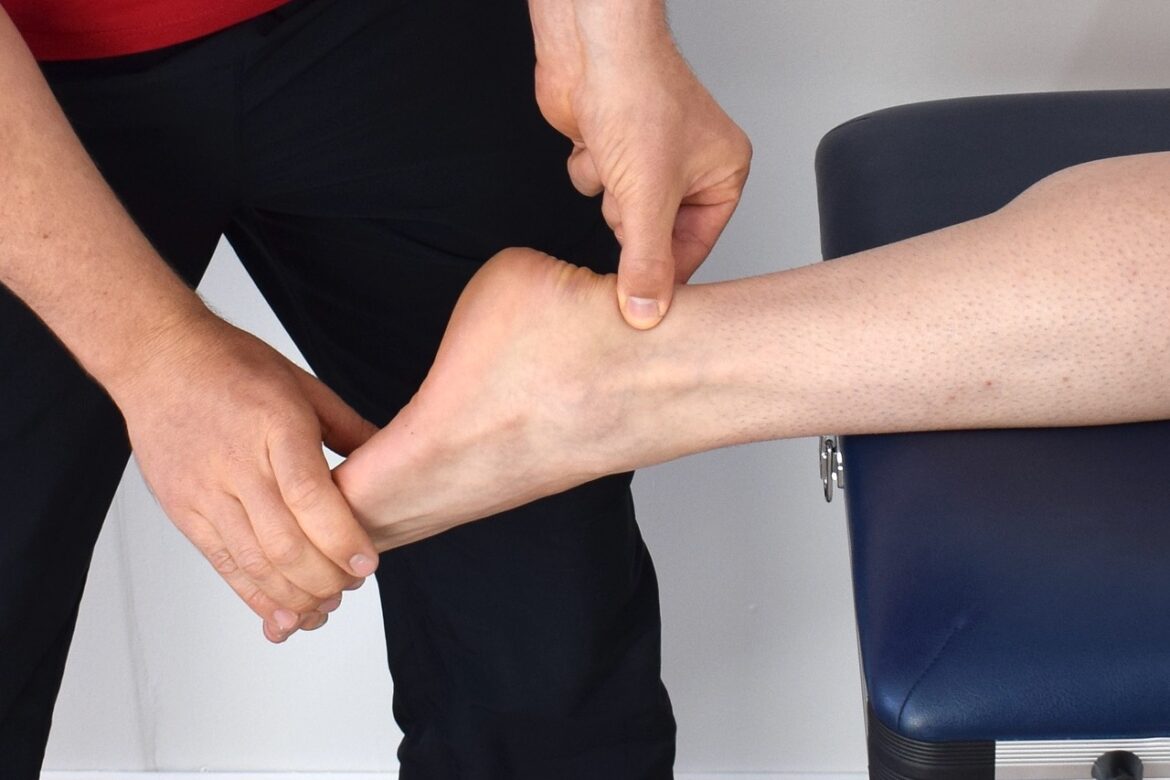Roughly 6-18% of the active population have had activity halted or complained of Achilles pain. Let’s learn more about how laser therapy can help heal Achilles tendonitis.
The basics – Anatomy
The Achilles tendon is a thick tendon located in the back of the leg. This tendon connects the muscles of the calf, the gastrocnemius, and the soleus into the heel. The tendon’s main purpose is to help the push off of the foot from the ground. This tendon is commonly injured, most often where the muscle and tendon join together. Healing and recovery from Achilles injuries can be long, hard, and painful due to the reduced blood to the area.
What is Achilles Tendonitis?
Achilles Tendonitis occurs when inflammation of the Achilles tendon develops caused by repetitive or intense strain. There are both internal and external causes of Achilles tendonitis. Some internal causes can include a sudden increase in activity, mileage, or hill walking. As you age, the tendons within the body weaken, causing more injuries in active adults. A few other risk factors that may make you more prone to Achilles tendonitis include being a male, having flat feet, obesity, psoriasis, high blood pressure, and taking certain medications, such as fluoroquinolones, an antibiotic.
Another internal factor in developing Achilles tendonitis is tight calf muscles. Being less flexible through the calf muscles and beginning or increasing activity can increase stress through the less flexible tendon which causes irritation and inflammation. Also, bone spurs can be culprits when it comes to Achilles tendonitis. Extra bone growth where the Achilles attaches to the heel bone can cause pain.
A few external causes of Achilles tendonitis include cold weather and poor shoe wear. Cold weather can contribute to Achilles tendonitis, with tendons being less flexible in cold conditions. Proper clothing and warm-up are important in colder climates to help decrease the risk of injury. Shoe choices are important with Achilles tendonitis. Worn down, old shoes do not provide enough stability and control through the foot, causing increased strain. It is recommended for active adults, to replace their running shoes every six months or sooner.
What does it feel like?
The most common symptoms when it comes to Achilles tendonitis, are achiness or pain in the heel or lower half of the calf. This increases with activity. Tenderness or stiffness, typically in the morning, is another common symptom. With tendonitis, there can be swelling throughout the ankle and lower calf. This can worsen as the day goes along due to the dependent positioning.
What does treatment look like?
The typical treatment of Achilles Tendonitis, rest, anti-inflammatories, and ice is helpful but is not the quickest way to achieve recovery. Physical Therapy is a great option that helps to reduce pain and inflammation and improve recovery time. Physical Therapists can provide multiple manual techniques, stretching, and strengthening exercises along with a handful of modalities that can aid in a speedier recovery. One of the modalities that Freedom Physical Therapy Services can offer is therapeutic laser therapy.
Therapeutic laser therapy delivers light energy to damaged cells and stimulates their inter-cellular activity. The Freedom-class IV laser increases circulation draws oxygen and nutrients to the damaged area in a pain-less, time-efficient manner. The laser helps provide an optimal healing environment that reduces inflammation, swelling, muscle spasms, stiffness, and pain. One of the big pros of laser therapy is that it does not require the use of drugs or surgery, and there are no side effects or risks that can occur with other forms of treatment. Therapeutic laser therapy is a great addition to traditional physical therapy treatment for Achilles tendonitis issues. The therapeutic laser treats all of the most common symptoms associated with Achilles tendonitis; pain, swelling, and inflammation.
Regardless of your age or how active a person you might be, Achilles tendonitis can stop you in your tracks. Visit a Freedom Physical Therapist to help get your recovery started and back out to ENJOYING MORE FREEDOM again.


Hi. I have achilles tendinosis not tendinitis. Will laser therapy help and if so, which amount of hertz or power is best. thank you